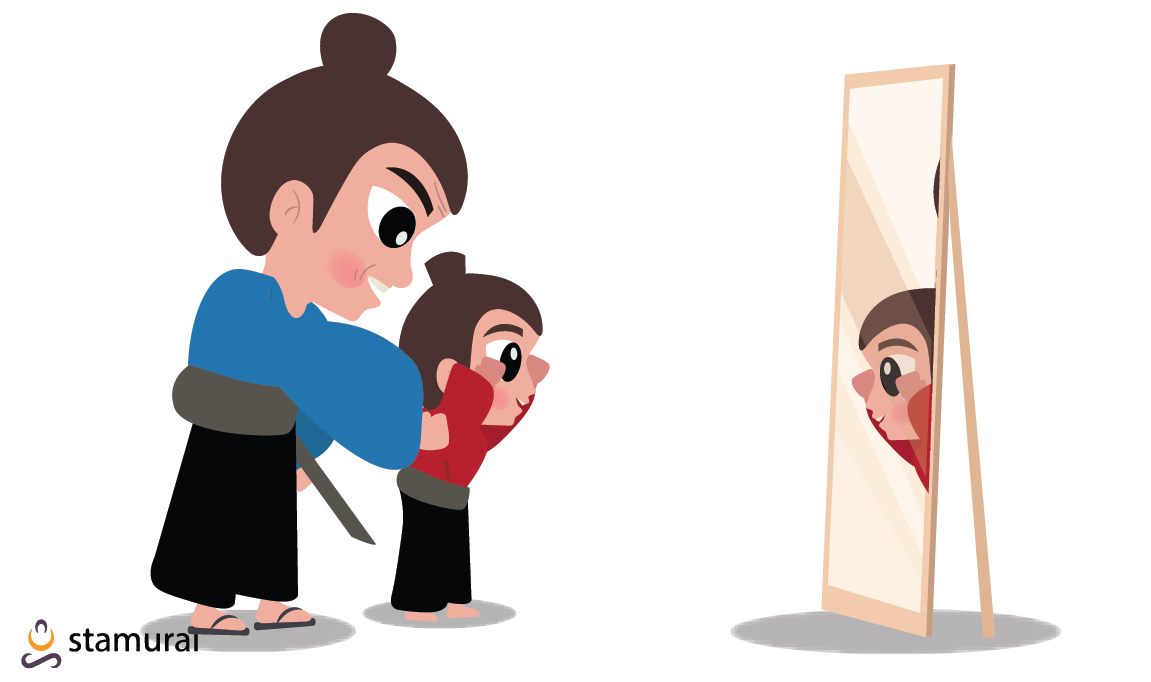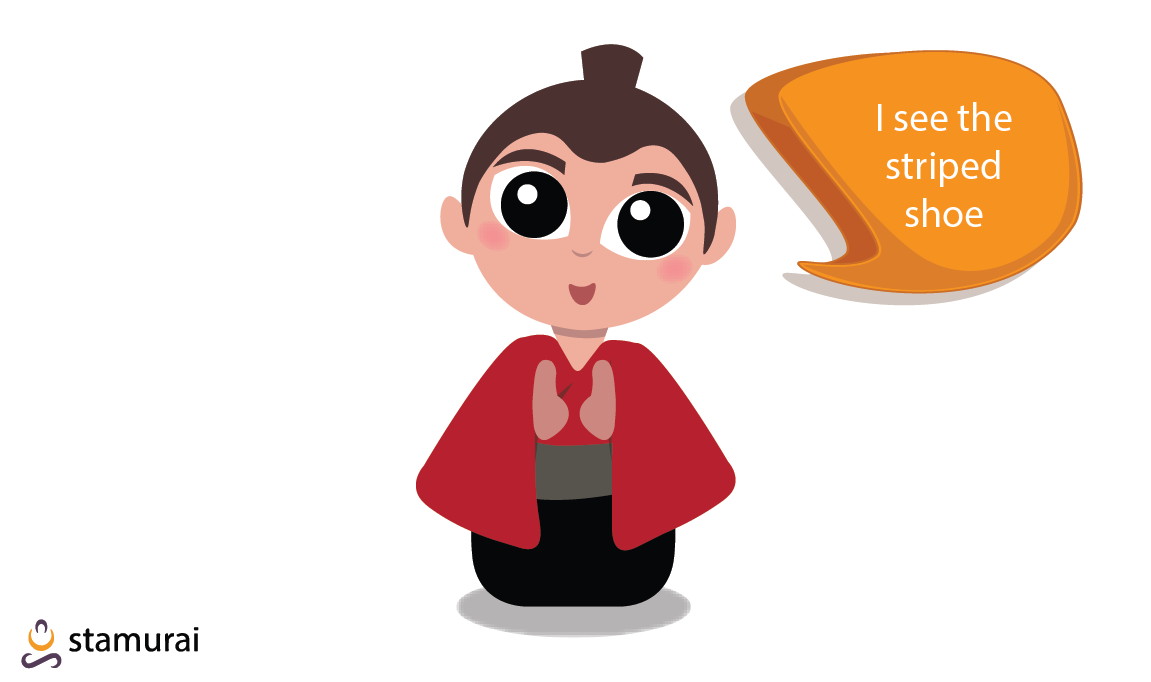23 out of 100 people lisp at some point in their lives. Although it is common, those who lisp often face problems during communication.
A lisp can distort sounds and make the individual difficult to understand.
What Is a Lisp?
Unlike apraxia or social communication disorder, lisping is easily noticeable in a child when they are learning to hold conversations. If your 5-year-old pronounces /s/ and /z/ with a /th/ sound, it may be time to enlist the help of a speech-language pathologist (SLP) for the correct diagnosis.

According to experts, there are four different types of lisps.
1. Interdental or frontal lisp
It is one of the more common forms of lisp. Your child may have a frontal lisp if they say, “thebra” or “thnake” instead of “zebra” or “snake.”
The incorrect placement of the tongue distorts the /s/ and /z/ sounds. You may notice a child’s tongue protruding between the front teeth. Frontal lisp can be corrected with the help of exercises.
2. Lateral lisp
It may be the second most common type of lisp seen in children and adults. A lateral lisp causes air to escape over the tongue through the sides while making a /s/ or /z/ sound.
It can cause words containing /s/ or /z/ to sound “wet.” You can help your child practice exercises for lateral lisp at home to enable them to make the right sound.
3. Palatal lisp
It is less common. Individuals with a palatal lisp touch their tongue to their soft palate while making /s/ and /z/ sounds.
4. Dental lisp
A dental lisp sounds similar to a frontal or interdental lisp. However, the individual pushes the tongue against their teeth instead of pushing it through.
Is Frontal Lisp Curable?
Speech-language pathologists can help with the diagnosis and treatment of frontal lisp. Irrespective of age, complete recovery can take between a couple of weeks to a few months after beginning speech therapy exercises for frontal lisp.
Since controlling the position of one's jaws and teeth can be learned through practice, a lisp is typically curable. However, the older the individual, the longer it may take to recover from a lisp. Speech therapy for lisp in adults can significantly speed up the recovery process.
How To Fix A Frontal Lisp?
A speech therapist teaches children to recognize the lisp sounds. The professionals also teach individuals speech therapy for frontal lisp to produce the correct sounds.
6 Speech therapy exercises for frontal lisp you can do at home to reduce frontal lisp –
Exercise #1 for Frontal Lisp: The Mirror Technique
It is an easy technique for both adults and children who want to cure frontal lisp. This exercise is particularly interesting for children struggling with a frontal lisp. The mirror technique involves mimicking the expressions, gestures, and mouth movements in front of a large mirror.

So here it goes –
- Stand in front of the mirror so that you and the child can see each other.
- Smile and request the child to smile as well. Keep your mouth open but your teeth closed.
- Next, make a prolonged “sssssss….” sound just like a snake!
Well done! Repeat this with your child at least ten times a day for a week until they can make the /s/ sound while keeping their tongue behind their teeth.
To make it more understandable for a child you can use the "snake in a cage" game. The tongue is the snake, and the teeth are the cage. Now tell your child that the snake can speak, but it can't come out of the cage.
Do let us know how that goes!
Exercise #2 for Frontal Lisp: Elicitation Techniques
Some therapists call it the exploding /t/ sound. Others call it the popping tires game.
This technique for frontal lisp is quite simple!
Tell your child that you are going to make the sound popping tires make.
Lead with four consecutive /t/ sounds followed by a /s/ sound.
It should come out like this “/t/ /t/ /t/ /t/ /sssssssssss/"
Try to extend to /s/ in the end. Make sure their tongue stays behind their teeth while making the /s/ sound.
Once they master the “popping tires game” they are ready to move to practicing words that end with a /ts/ sound like cats, bats, and hats.
Exercise #3 for Frontal Lisp: Making The Butterfly
It is a popular tongue exercise many therapists do with clients who lisp. To make it interesting for children, we refer to it as "making the butterfly".
You can do this exercise for lisp with your child after they can successfully say /s/ and /z/ with their tongue inside. Try it yourself!
- Raise the side of your tongue like the wings of a butterfly.
- Touch the back of your teeth with the tip of your tongue.
- Now say /sssssssssss/ and /zzzzzzzzzzz/ sounds for 30-seconds each.
Remember to repeat this three times daily before moving to the word level of practice.
Exercise #4 for Frontal Lisp: Practice Words
The next step is practicing entire words that have an initial /s/, medial /s/, final /s/, initial /z/, medial /z/ and final /z/ sounds.
You can use the lists we have made for our readers –
Initial /s/
- Say
- See
- Soup
- Sock
- Sun
- Son
- Sad
- Some
Medial /s/
- Piece
- Whistle
- Glasses
- Baseball
- Pencil
- Castle
Final /s/
- Base
- Case
- Vase
- Chase
- Ice
- Kiss
- Less
Initial /z/
- Zoo
- Zebra
- Zip
- Zipper
- Zap
- Zero
Medial /z/
- Puzzle
- Lizard
- Wizard
- Dessert
Final /z/
- Maze
- Daze
- Nose
- Sneeze
- Fizz
- Boys
Choose to work on one word from a section per day. You can bookmark this page for easy reference.
Keep practicing it until your child can pronounce the respective /s/ or /z/ sounds correctly.
Exercise #5 for Frontal Lisp: Form Sentences
Now it's time for your child to practice these words in sentences. You can pick a list of words and play fun games like "making silly sentences."

Encourage your child to make sentences like "The cats are wearing hats" or "Sally is sitting in the soup." These lisp practice sentences will tickle their creativity as well as help them practice the /s/, /z/, and /t/ sounds in a sentence.
Exercise #6 for Frontal Lisp: Jump to Conversations
If your child can make these sounds correctly, now it’s time to encourage conversations. Follow your child’s pronunciations closely. If their /s/ and /z/ s slip, don’t worry.
Do not stop your child mid-conversation if you notice a lisp.
They may be having a "bad speech" day!
You can practice steps 1 and 2 a couple of times again. Remember not to sound discouraging in case their lisp comes back!
Reducing a lisp takes considerable practice, patience, and time.
Beyond Home Practice
Young children have higher chances of recovering from lisps on their own. Therefore, several speech therapists recommend that the child be at least 4 years old before you can begin speech therapy!
Consult with an SLP before you begin speech exercises to cure your child’s lisp. If your child shows no improvement despite regular practice, you should consider speaking to a speech-language pathologist.
Sometimes, physiological problems may cause a child to lisp. It is important to remember that some, although few, have a tongue-tie or ankyloglossia, which makes it difficult to move the tongue around.
After careful examination, an SLP may recommend a simple in-clinic procedure or refer you to a specialist for the surgery. The procedure removes the excess tissue that ties the tongue down and restricts its motion.
The longer you leave it untreated, the longer it may take for your child to recover. Working with a pediatrician and speech-language pathologist can help you determine the cause and treatment of your child’s lisp.










